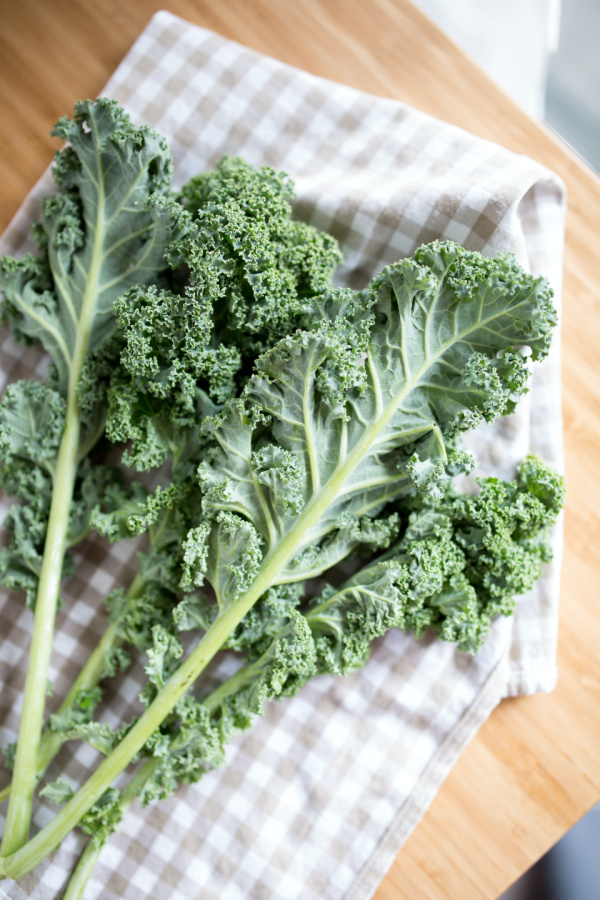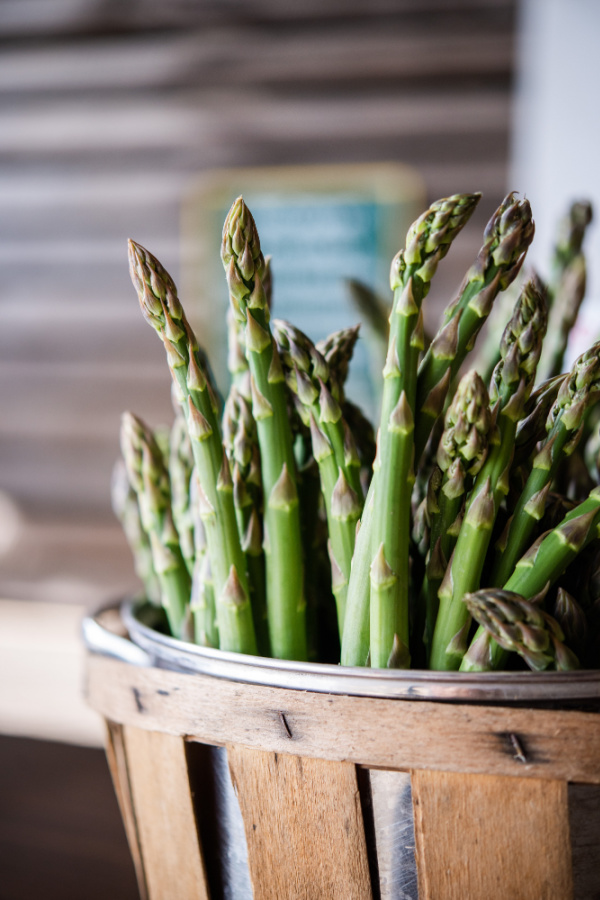With inflation and supply chain-related shortages upon us, I know a lot of us are considering CSAs for practical reasons as well as ethical ones. Plus, that fresh chard and those vine-ripened strawberries. Yum!
When I first wrote about community supported agriculture boxes back in 2016 ,(yep, that’s what it stands for!), I was more focused on helping folks eat locally and support small farms. Which are still great reasons to sign up! But can CSAs also help us save money and avoid shortages?
Here are a few things to consider.
Related: 12 of your favorite tips to save money on groceries: We’re stealing all of them!

Laura Johnson via Unsplash
Why buy a CSA subscription?
CSA boxes do just what the name suggests: they support small local farmers. This means you’ll be eating more seasonal produce, reducing your carbon footprint, putting cash directly in the hands of local farmers, and hopefully building a relationship with your food producers.
And hopefully getting creative with some seasonal, veggie-forward recipes of course!
Avoiding shortages
In 2022 specifically, CSA boxes could also be a good way to circumvent possible shortages. Investing in produce grown locally may help buffer you from some supply chain problems since it’s less reliant on packaging, cross-country shipping, and factory workers who were hard hit by COVID.
That said, it’s worth noting that CSA boxes are subject to the seasons, and you don’t get to choose what comes in your box from week to week. Plus, all farming involves risk. So while signing up for a CSA box will likely ensure that you receive some produce every week, it still won’t guarantee that the exact items will be available exactly when you want them.
Saving money
Now, about the cost. CSA boxes typically have you pay one lump sum at the beginning of the season: ours is around $200-300, depending on which option you pick. And it provides a lot of produce for the cost! Plus, since I’ve prepaid, I don’t have to worry about rising costs driven by gas prices or shortages throughout the summer.
If saving money is your number one goal, make sure you do the math and commit to really using the veggies you receive.

Raghavendra Mithare via Unsplash
How to find a CSA subscription near you
Finding a CSA box can be as easy as performing a quick Google search, but you may want to dig a little deeper for more options, like talking to friends or family members for a personal recommendation. Some farms are pretty low-tech (mine requires writing and mailing a check to pay for our box!) and don’t have much of a web presence so it’s worth hitting up local farmer’s markets where they may have booths and asking your neighbors for recommendations.
I’ve also found some CSA options by searching on my Nextdoor Forum and local Facebook groups, so definitely give those a peruse.
Related: 10 steps for a more sustainable kitchen

Zoe Schaeffer via Unsplash
What to look for in a CSA subscription
CSA boxes traditionally offer seasonal produce, but others may include locally farmed meat, poultry, and fish as well — sometimes even baked goods. You’ll definitely want to look for a farm that’s been around for several years, and you’ll want to read up on their policies. Do they let you switch weeks if you’ll be gone on vacation on your normal pick-up week? Do they deliver or are you required to pick up your own box?
Our CSA lets you choose your schedule (every week or every other week) as well as choose whether you want a full box or half box. Most CSAs give a sample of what types of produce you can expect when, and although none of those schedules is exact, in my experience they’re pretty close to the real-life outcome. Smaller farms won’t typically offer a huge variety of produce, so make you dig (or at least are open to trying!) what they grow.
Alternatives to CSA boxes
If your town doesn’t offer CSAs, it’s worth looking into a grocery delivery service like Misfit Market or Imperfect Foods. Both of these companies “rescue” groceries that can’t be sold at retail stores because they’re either overstocked or cosmetically imperfect (think too-small apples or funny-shaped tomatoes).
Misfit Market and Imperfect Foods both require memberships and charge for delivery, and both automatically fill your cart when it’s time for your groceries to ship. That said, unlike with a CSA box, you’ll be granted a preview of the box and you can add or remove items, including some non-produce foods like baked goods, eggs, and meat. Check out their websites to see if these companies deliver to your zip code.
Top image: Elias Morr via Unsplash






